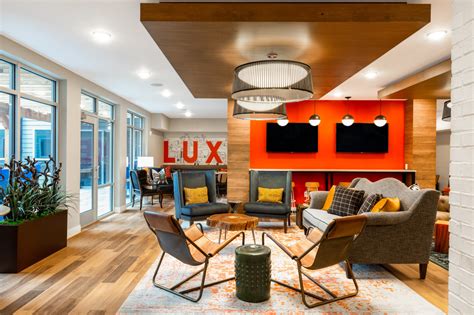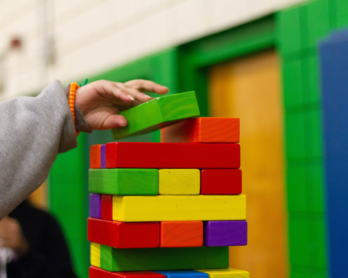As universities strive to create the best educational experience for today’s millennial students, it is apparent that in addition to offering an outstanding academic curriculum, they must also provide a world-class living environment. As a result, universities are increasingly adopting integrated, sustainable communities at their campuses.
These expansive and inclusive developments support curricular initiatives like experiential learning, student engagement, and career preparation and enhance the lifestyle experience. Research from Nelson Partners shows that a positive living environment can strongly impact a student’s academic achievement.
As universities across the U.S. continue to renovate existing campuses or build new ones to meet these changing needs, developers are challenged with finding creative ways to finance these projects.
Current Trends in Student Housing
In the report, “The State of the Nation’s Student Housing 2021,” the researcher identified many key trends in student housing.
First, universities are pushing to create a more intuitive and immersive experience for students living on campus. This includes enhancing common spaces that encourage cross-functional use by students and employees alike, convenient access to academic and career resources, and establishing community-interactive programs.
In addition, universities are actively exploring new ways to integrate sustainable design practices to create a more resource-efficient environment for students. This includes innovative building materials and systems that will decrease energy use or encourage healthy lifestyles.
Relatedly, many institutions are focusing on fostering a strong sense of community. This includes an increased emphasis on shared living environments with smaller housing units, the implementation of sustainable design practices, and access to communal spaces where students can engage with one another.
Finally, developers are increasingly focused on creating more value-oriented student housing opportunities by drawing inspiration from high-performing R.E. Communities – the nation’s top-performing student housing assets that generated an average annual total return of 5.3% in the five years ending June 2017, according to data from JLL.
What is Driving this Change?
Research shows several factors driving universities’ shift toward creating modernized, highly integrated student living environments on campus.
First and foremost, universities and developers are finding it increasingly difficult to keep up with the demand for student housing. According to The State of the Nation’s Student Housing 2021 report, by 2025, 17 million students will be seeking on-campus housing throughout the U.S., which is roughly triple the number currently living in residence halls.
In addition, universities are feeling the pressure to provide their students with the best amenities possible, including access to comprehensive academic resources, career readiness programs, and exceptional living environments. For example, 78% of respondents in a Paylocity survey cited “On-Campus Housing Quality” as an important factor for students choosing which college they will attend during the next academic year.
Finally, many universities are also turning to more immersive living environments to increase student engagement and enhance the overall educational experience. For example, a key finding from The State of the Nation’s Student Housing 2021 report is that highly engaged students excel academically (i.e., grade point average increases by 0.1) and tend to have a more positive overall college experience.












